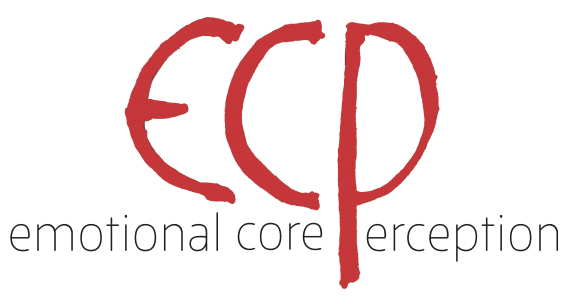Bruno Adler´s personal background
I was born 1926 in Vienna, Austria. My father was from a Hungarian family and my mother from a German family. Sensing
what was happening in Austria in the 1930ies, they decided to emigrate. Thus, I grew up in Austria but also in Argentina
and Lebanon where
I went to school.
At first, I became an architect. At the end of my education, I met the Swedish professor in architecture, Peter
von Celsing, KTH. He was in Beirut to design a palace for the emir of the state of Kuwait. Because of the contact with
Celsing, I moved to Sweden.
My whole family was deeply influenced by the war in Europe and in the Middle East. Friends became enemies, and my family
members lost their lives on both sides. As a result, I developed a genuine interest in what makes man act on his hatred
and become willing to kill. This led me 1971 to studies in psychology.
I moved to USA to start therapy with psychiatrist Richard Schwartzman, certified by the American Board of psychiatry and
Neurology, which I had met in Europe. Schwartzman was a member of the American College of Orgonomy, ACO, who manage the
heritage after Wilhelm Reich´s later work, under psychiatrist Elsworth Baker. During my five years in the States, I
participated in conferences about social psychology at the New York University and studied Structured Family Therapy
organized by Philadelphia Child Guidance Clinic. I was also in touch with other forms of Body Oriented Emotional
Therapy, like Primal Scream and Bioenergetics. I became particularly interested in the eyes and the ocular segments
significance in psychotherapy, a fundamental corner stone developed into my method Emotional Core Perception.
Coming back to Sweden in 1976, I started to work as a psychotherapist. I took my BA in Psychology at the University of
Sweden, Gothenburg 1983. Between 1984 and 1985 I participated in a research experiment at the Sahlgrenska University
Hospital in Gothenburg. We were investigating if Asthma could be treated with non-pharmacological therapy. Dr. Ulf
Bengtson, director of the department for Asthma and Allergy, delegated three asthma patients to my clinic for treatment.
After about 50 sessions, symptoms disappeared, and the respiratory resilience against irritants became superior to the
average healthy individual. The so-called methacholine test was used as an objective measurement method.
In 1987 he got his license as a Psychotherapist including Steg 2 from the Swedish Board of Health and Welfare.
During my studies it was the encounter with John Bowlby´s attachment theory that touched me profoundly. Bowlby was
giving a lecture at the Institution of Psychology, focusing on the importance of attachment in the beginning of life. I
started to search for methods to therapeutically work with his patients to restore the intrinsic brain activity that is
associated with the eye gaze during mother-child interaction.
My thoughts were that a child has no experience to give meaning to what it sees. So how could a little child react to
the feeling behind the eyes looking at it? What does feelings look like for the child?
These reflections opened the door to an exciting new way to conduct psychotherapy.
I found a very simple tool traditionally used in India to train focusing the eyes. I started to use it in his clinic in
combination with deep breathing. This created emotional reactions in the patients. Some were strong, creating anxiety,
others were more calming making the patients pulling themselves together. Bit by bit, I developed ways to make the
patient see in the eyes of the therapist what they saw in the eyes of their mothers or other caregivers.
I could see that the patients were deeply influenced by their earliest experiences and that these affected how they
perceived the world later in life. And I saw how the problems gradually disappeared when these early life-experiences
were confronted and overcome.

